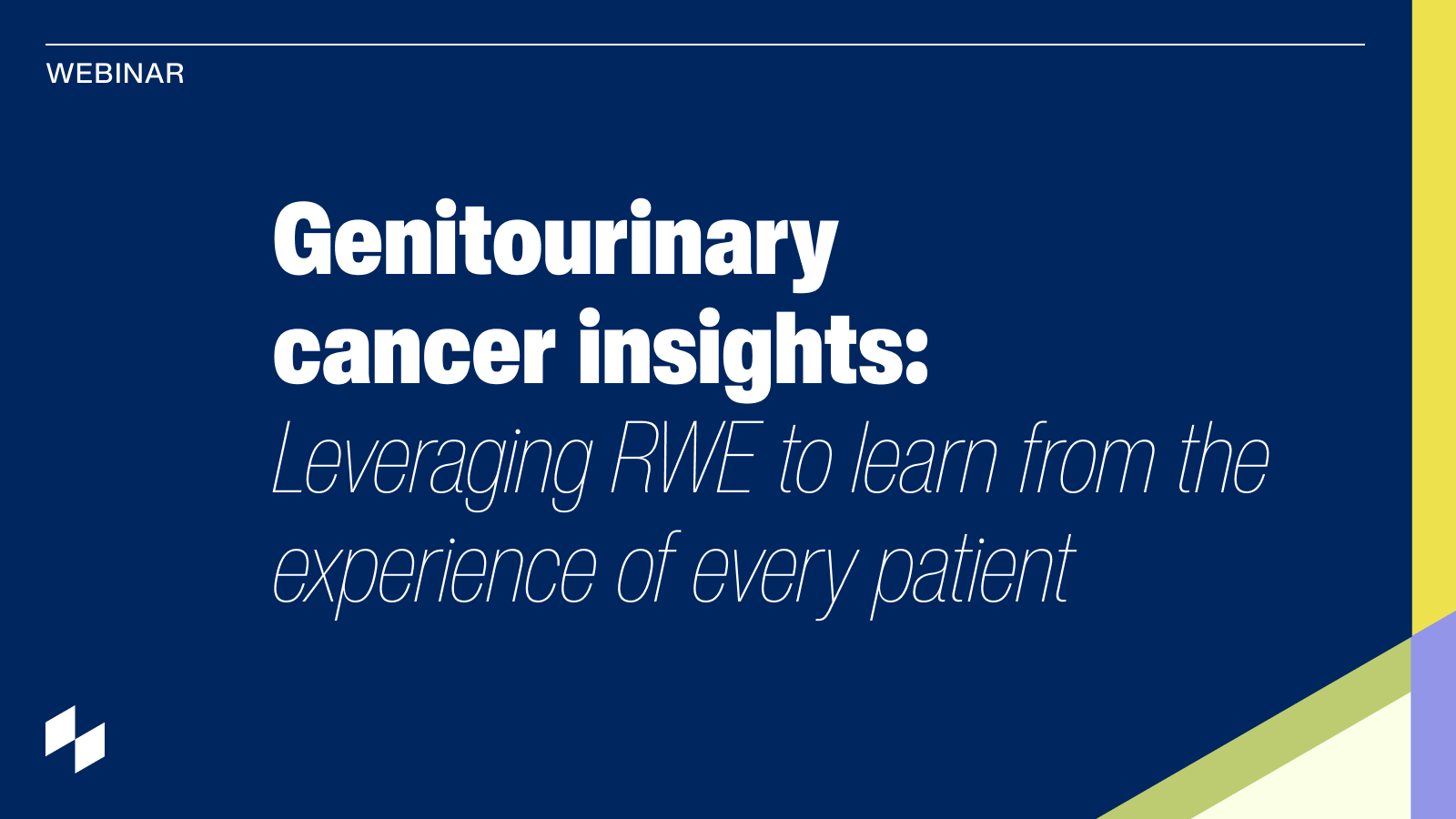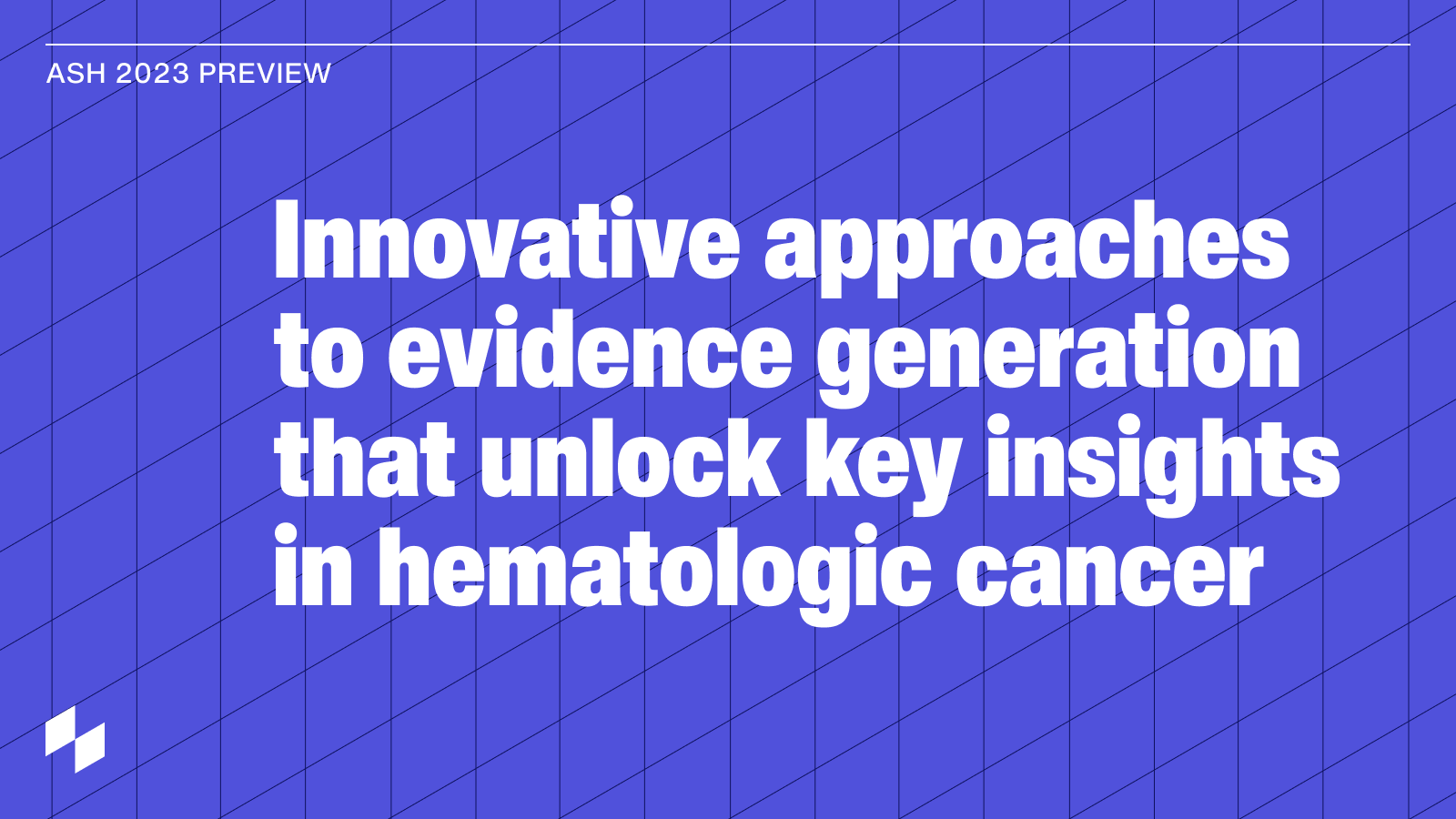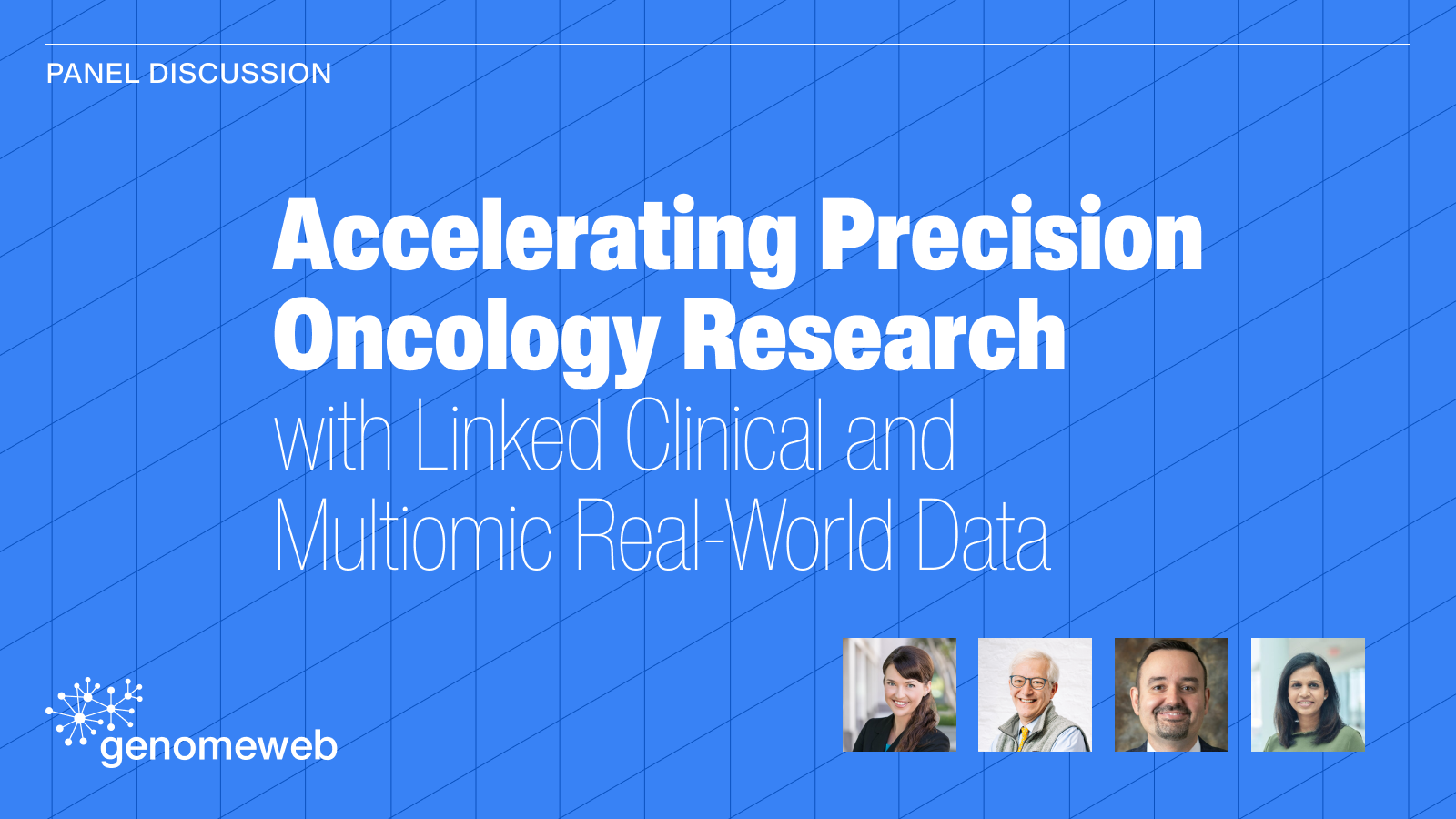This talk is part of the ResearchX session: Beyond synthetic controls: Near-term opportunities for regulatory RWE.
Sections include:
- Near-term opportunities to leverage RWE for regulatory use
- Using RWD to provide natural history information
- Using RWD to fill evidence gaps in the post-approval space: New dosing regimen for cetuximab

Transcript
Lynn Howie: Thanks so much, Chris. Before turning it over to our industry partners to discuss their recent experiences using real-world data to support regulatory decisions, I'd like to start by setting the stage. As this audience knows well, our understanding of the diagnosis and treatment has changed rapidly in the last century. We have evolved from understanding tumors based on their anatomical site and tissue of origin and treating them primarily with systemic cytotoxic therapy, to molecular characterizations of tumors where targeted therapies, such as monoclonal antibodies, tyrosine kinase inhibitors, and immunotherapies can be used to personalize treatments based on a tumor's characteristics.
As our treatments get more nuanced, so too does our need for real-world evidence to understand patient outcomes and experience. These data are critical to understanding the natural history of disease, to provide comparisons for increasingly small subsets of patients with rare disease types, and to help drive drug development and innovation in a space of rapidly evolving therapies. real-world data can serve to complement traditional randomized controlled trials and expedite the availability of therapies advancing the fundamental goal of oncology, to provide patients the right therapy at the right time, to maximize tumor control and extend life with minimal toxicity.
There has been significant momentum and learning at the intersection of real-world evidence and regulatory decision making. Following the mandate outlined in the 21st Century Cures Act of 2016, FDA released a draft framework for real-world evidence and subsequent guidances around the use of this evidence in regulatory submissions and scenarios where these data may provide support for regulatory decisions. Since the introduction of that framework, we've seen numerous examples of successful and unsuccessful uses of real-world evidence in regulatory submissions. More importantly, we've had the opportunity to learn from those reviews and to specifically understand how regulators evaluate the use of these data in different clinical and regulatory contexts. Understanding how to use real-world evidence and regulatory submissions is growing further as a result of the recent release of a set of new FDA draft guidances. Since September, we've had two new draft guidances, the first focusing on EHR and claims data use for supporting regulatory decision making, and the second on data standards. We're expecting two more real-world data specific guidances by the end of the year that will further shape our collective understanding of what regulatory ready real-world evidence looks like to FDA.
Speaking now to Flatiron's experience over the past few years, our real-world data have been used to support over 12 briefing packages, 7 information requests, and have been included in at least 14 submissions. Flatiron Health has joined our life science partners in 7 health authority meetings as well. During the same time, we've received regulator feedback from FDA, EMA, and PMDA on the utility of Flatiron real-world data in 22 unique submission opportunities with more than a dozen partners. These direct engagements and feedback from regulators have provided a source for many learnings about where real-world data are and are not most helpful for therapeutics developers in the current state.
Regulators, including FDA, have indicated that use cases where real-world data are most likely to have impact include those diseases where there's a significant unmet need and there are few available therapies. Rare patient populations where randomized trials are not feasible, use cases where there is an expected large effect size based on preliminary data, and use cases to fill in evidence gaps where there is already a substantial body of evidence surrounding the safety and efficacy of a therapy in a related patient population.
While the holy grail of real-world evidence may be to provide an external or synthetic control arm, which I'll refer to as a formal comparator, for a small single arm study to potentially lead to a regular approval with substantial evidence of efficacy, there have been multiple valid issues raised by regulators that limit the near-term viability of leveraging electronic health records-based retrospective real-world evidence for this use. The feedback from regulators has highlighted common challenges with real-world data that are critical to consider for your use cases. These include endpoint definition and measurement. In use cases involving a direct statistical comparison between a real-world cohort and a clinical trial population, the lack of standardized approaches to objective assessment of outcomes in the real world, as well as the lack of understanding of the concordance between real-world and trial-based measures, limits the interpretability of real world and trial cohort comparisons, as well as the overall confidence and study results generated from real-world endpoints. Real-world data missingness. As retrospective data are not being captured as they would be in a trial, the availability of certain data elements, for example, ECOG score at index, may be limited, making the comparison of real-world to trial cohorts challenging and potentially limiting our confidence in conclusions.
Cohort comparability. Variables that are not captured routinely and consistently in clinical care cannot be used to inform cohort selection or quantified to understand their impact on outcomes, which undermines our ability to make causal inferences. Additionally, attempts to maximize cohort comparability can lead to small cohorts, which themselves lead to underpowered analyses and unstable and uninterpretable estimates.
At Flatiron, we're doing all that we can to improve our underlying real-world data product to address these concerns where we are able. Additionally, it is critical that the collective “we”, meaning data providers and regulators, continue to work together, along with our colleagues at Friends of Cancer Research, Duke Margolis and the Real-World Evidence Alliance, to move the field forward.
Despite this, there are multiple use cases where we've seen that real-world data can be used in support of regulatory applications right now. Across the drug development cycle from clinical development through post-approval, we have seen real-world evidence successfully used to support regulatory decision-making. Based on our regulatory feedback to date, it's very clear that the likelihood of acceptance of real-world evidence varies by how this evidence is used to support a regulatory filing.
This perspective is informed by our evaluation of existing precedent, FDA guidances, as well as our own experiences engaging with partners and regulators around specific real-world evidence opportunities at the submission and project level.
So where is real-world evidence adding value? Generally speaking, we've seen customers realize the value of real-world evidence in the clinical development phase frequently, using these data to inform comparator arm selection for clinical studies and inform cohort definitions. We've additionally seen a number of instances where our partners have succeeded in developing real-world evidence benchmarks. We define this as the use of real-world data studies for contextualization and characterization of natural history of disease among similar populations at the aggregate level. This can help describe evolving treatment patterns and outcomes, and we believe that this is an opportunity area for near term real-world evidence acceptance, and we'll hear more about a successful use case from Pranav using data this way.
In the post-approval phase, we've now seen several exciting applications of real-world evidence as supportive evidence to fill gaps in understanding the safety or effectiveness of approved products. Examples of opportunities in this space include the potential label expansion of a therapy into a new indication for a rare or unique population, the use of these data to help better understand the contribution of an approved agent and a novel combination, and also potential label changes that can help inform dose, dosing regimen or route of administration, an example of which we'll hear more about in Kristin's upcoming talk. We believe that the use of real-world evidence in the post-approval space is a major opportunity area for near-term acceptance. So despite limited traction with the formal comparator use case in oncology approvals to date, there remain key opportunities for real-world data to help fill important evidence gaps needed by regulators across a variety of use cases. And with that, I'm delighted to turn the mic back over to Chris to introduce our guest speakers.


